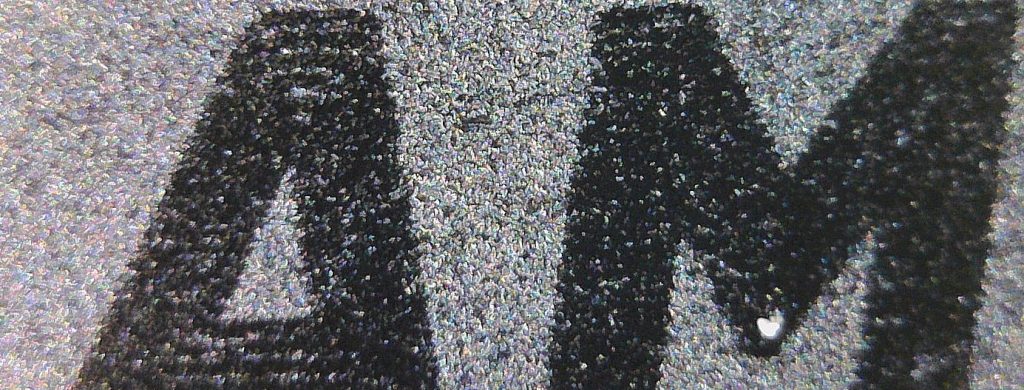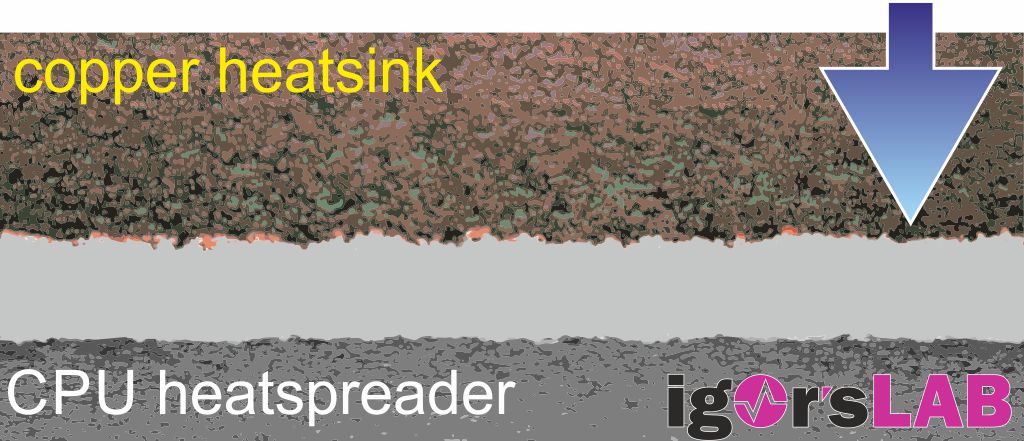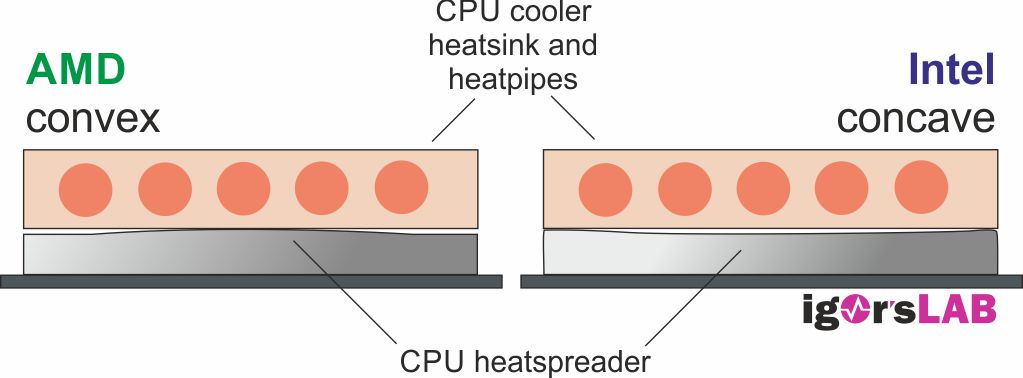We already know it from many (also mine) articles about cooling, thermal paste and heatspreader: really plan is really nothing. And while the quality of the radiator floors has really improved over the years, one would finally have to question the current CPUs again, or not? That's exactly what I did in a small test setup today, because my curiosity is still unquenchable. That's why I snapped three neat motherboards with the high-end models that were already in the lab.
I tested an Intel Core i9-9980XE on socket 2066 (Aorus X299 Master), a Core i9-9900K on socket 1151 (MSI MEG Z390 Godlike) and a Ryzen 9 3900X (so that I can use a CPU with 2 chiplets) on the socket AM4 (MSI MEG X570 ACE). Since only tests with a sliding gauge and the ruler did not work and the height differences can probably be located in the range of well below 0.05 mm, another solution had to be found.
The Heatspreader Surface
There are no really smooth surfaces, even if they may still look like this at first glance. Under the microscope this is anything but smooth and so, in addition to the problem of more or less convex (up) or concave (downward) curved surfaces, you also have that of a really rough surface, which you can only recognize under the microscope. At the time, I had already described in the article "Myth thermal paste – noble paste at the pharmacy price against cheap mass product – we are relentlessly calculating!" what it is about these surfaces. Here are the microscope images for memory refresh, let's start with AMD:

But even the Intel fanboys have no reason to speak up now, because such a Core i9 does not look much better under the microscope. Other heatspreader, same problem. But look for yourself:

If you put the radiator bottom on the CPU heatsink, then the thermal paste must fill all unevennesses and air gaps and thus also completely exclude the air, which is an almost perfect insulator. Then a composite of a total of three materials is created, in which we must now be more interested in the thermal conductive paste. Because here, two things are most important: the thickness of the layer and its thermal conductivity or inversely, the thermal resistance. The former air layer between the CPU heatspreader (dark grey) and the copper bottom (reddish) is completely filled by the paste (light grey):
In addition to the grinding traces and material unevenness, the shape of the heat spreader also plays a role. The production processes are somewhat different, the curvature and the resulting unevenness unfortunately also. The diagram below shows (slightly exaggerated) why you can't do without thermal paste and why you have to think a little bit about the processors of both manufacturers when applying. Whether this is still the case with the current models and, above all, how strong it will be to be found is the subject of today's experiment.

If this scheme were to be followed, AMD coolers would have to tilt and Intel coolers would have a large void in the middle. And that's all kind of cheese, because the truth lies in the middle between everything smooth and probably not quite. But not as extreme as in the scheme, which especially curved radiator floors could surely quickly turn out to be a PR gag. Therefore: please turn around!
































Kommentieren